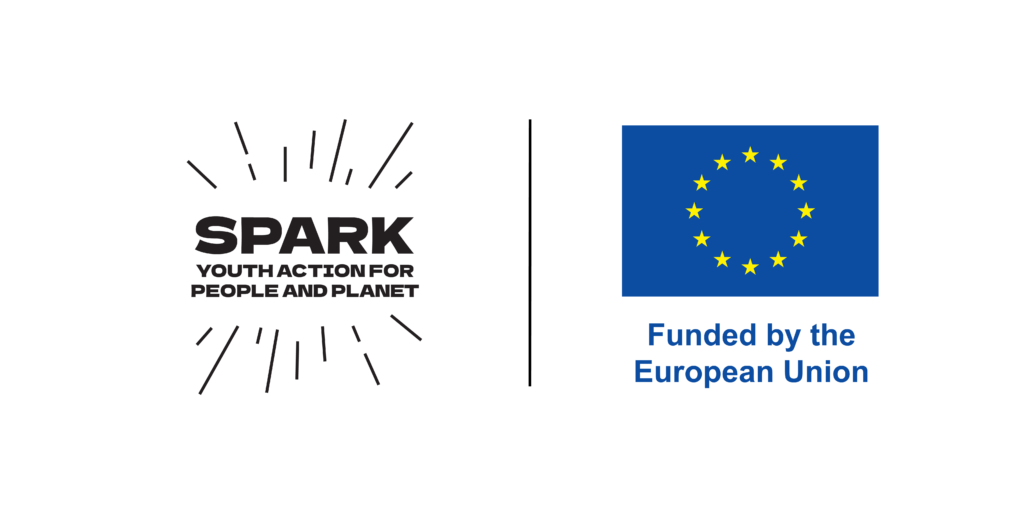NATURE-BASED SOLUTIONS TO ACHIEVE CLIMATE GOALS
During the first week of COP26 an important theme of some side events is nature-based solutions (NbS). It has been treated in different ways both in official events and in those organized by the civil society.
The definitions of nature-based solutions were defined by IUCN in 2016 as “actions to protect, sustainably manage, and restore natural or modified ecosystems, that address societal challenges effectively and adaptively, simultaneously providing human well-being and biodiversity benefits”.

Protect and restore ecosystems gives us the possibility to reduce effects of climate change, acting on the adaptation and the mitigation.
As shown in the last report of the Convention on Biological Diversity, climate change is one of the causes of the last decades serious loss of biodiversity and ecosystems.
The goal must be the acceleration of NbS implementation, to act against climate change and to restore biodiversity. Principal aspects on which we can act are:
- Policies: include NbS in NDCs (National Determined Contributions) and in National Adaptation Plans.
- Investments: we know from projections that one-year investments in NbS could bring to triple the gain in 2030.
- Projects which include NbS.
It is essential a participatory and informal activity to involve local population, and in particular indigenous people, in the NbS design. It is useful a collaboration between governments, private sector and civil society. The first ones have the task to develop policies, plans and norms to implement nature-based solutions, the second one contributes with investment, while the civil society could provide ideas and knowledge. Indeed, when we spoke about adaption, we have to think to a bottom-up approach: the population who experiences some conditions, knows the territory problems and could address governments in adequate actions, useful for that territory.
Moreover, the Paris Agreement recognizes the traditional knowledge of indigenous people, especially considering solutions related to nature. A Platform for Local Communities and Indigenous People was also set up to improve the exchange of knowledge, experiences and good practices for a climate resilient world.
A typical example of NbS are wetlands. Speaking about mitigation, they are one of the more productive ecosystems in terms of carbon removal from the atmosphere. But they are useful also for the adaptation. They could be used in urban areas to provide an additional volume for the rainwater storage in the case of intense precipitation with the hazard for consequent floods. A wetland could be connected to a river to act as a detention basin. At the end of the event, water could be released again in the river in safety. Moreover, the presence of vegetation let the water treatment, that could be released in the river with a minor pollutants load. So, extended wetlands are useful for the carbon removal, but smaller areas could be used in urban areas to reduce the flood risk, which is expected to increase for climate change (as it is reported in the IPCC Working Group I report of the Sixth Assessment Report). A further benefit of the wetland as NbS is the capability to reduce temperature in the surroundings. This is useful in urban areas, where heat waves and heat island effect are projected to worsening for global warming.
We could understand using this example that climate change, water cycle and biodiversity are strictly connected, and that NbS are urgent to reach the Paris Agreement goals. As it was expressed during the Water Action Event, it is important to invest in this field, but some climate resilience plans are needed for countries, to plan mitigation and adaptation and to show clearly how and where investors could invest.
The challenge is to increase our society resilience and the best solution is natural, local and indigenous, like nature-based solutions.
by Francesca Casale, Italian Climate Network Volunteer at COP26
You are reading this ICN COP Bulletin article as part of the EC DEAR SPARK project. Marirosa Iannelli, Coordinator of the Climate & Advocacy Department of ICN, overviews this activity. ICN monitors negotiations and reports what is happening in Italian and English, on our website and on social channels, as part of a pan-European consortium of over 20 non-profit organizations committed to promoting climate awareness with particular attention to the role of young people and issues related to international cooperation and gender policies.


